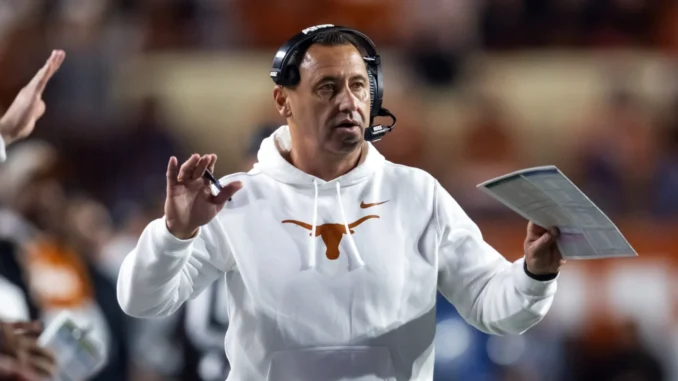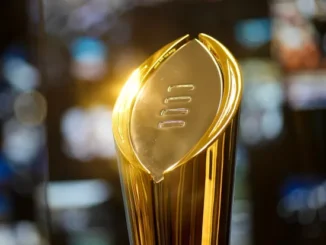
In the world of college football, the spotlight often shines on a select group of elite programs—teams like Alabama, Ohio State, Clemson, and Notre Dame. These powerhouse schools dominate headlines, boast massive fan bases, and regularly compete for national championships. Yet, while the spotlight focuses on the top-tier programs, the true heart of college football lies within the underdog teams, the lesser-known programs, and the ones that have yet to claim their place in the national conversation. These hidden treasures are the lifeblood of the sport, offering thrilling stories, unanticipated upsets, and future stars who may one day rise to the forefront.
The Tradition of Underdogs
In college football, the underdog story is one of the most compelling narratives. Every season, a team that was not supposed to contend for championships or even bowl games defies the odds. These programs often operate with fewer resources, smaller fan bases, and lower recruiting rankings compared to the powerhouses. However, what they often possess in abundance is heart, determination, and an undying belief that they can compete at the highest level.
Some of the greatest moments in college football history have come from these underdog teams. Programs like Boise State, TCU, and Utah in the mid-2000s made waves by challenging the so-called “establishment” of college football. Boise State’s 2007 Fiesta Bowl win against Oklahoma remains one of the most memorable upsets in recent history, a prime example of how a smaller program can capture the national spotlight. These teams may not always win the national championship, but they leave a lasting impact on the sport, giving hope to fans of smaller schools everywhere that their teams can one day rise.
Recruiting and Player Development
The ability of underdog teams to find hidden gems in the recruiting process is one of the keys to their success. While the powerhouses are often able to land blue-chip recruits from across the country, many underdog schools focus on finding overlooked talent—athletes who might have been under-recruited or passed over by larger programs. These teams have to get creative, focusing on identifying players with untapped potential or those who fit their system better than the traditional five-star recruits.
Take, for instance, the story of the University of Iowa, a program that has consistently overachieved despite being situated in the competitive Big Ten Conference. Iowa’s success has largely been attributed to its ability to identify undervalued talent and develop players over time. Iowa’s coaching staff takes pride in molding recruits who may not be highly touted coming out of high school into future NFL draft picks. This approach emphasizes player development and coaching over immediate star power.
Similarly, a team like Appalachian State has built its success by recruiting players who may not have been offered scholarships by the power five schools but have the skills and work ethic to succeed in a smaller program. Appalachian State’s shocking victory over Michigan in 2007 is a testament to the importance of development and preparation in achieving success, regardless of the size of



Be the first to comment